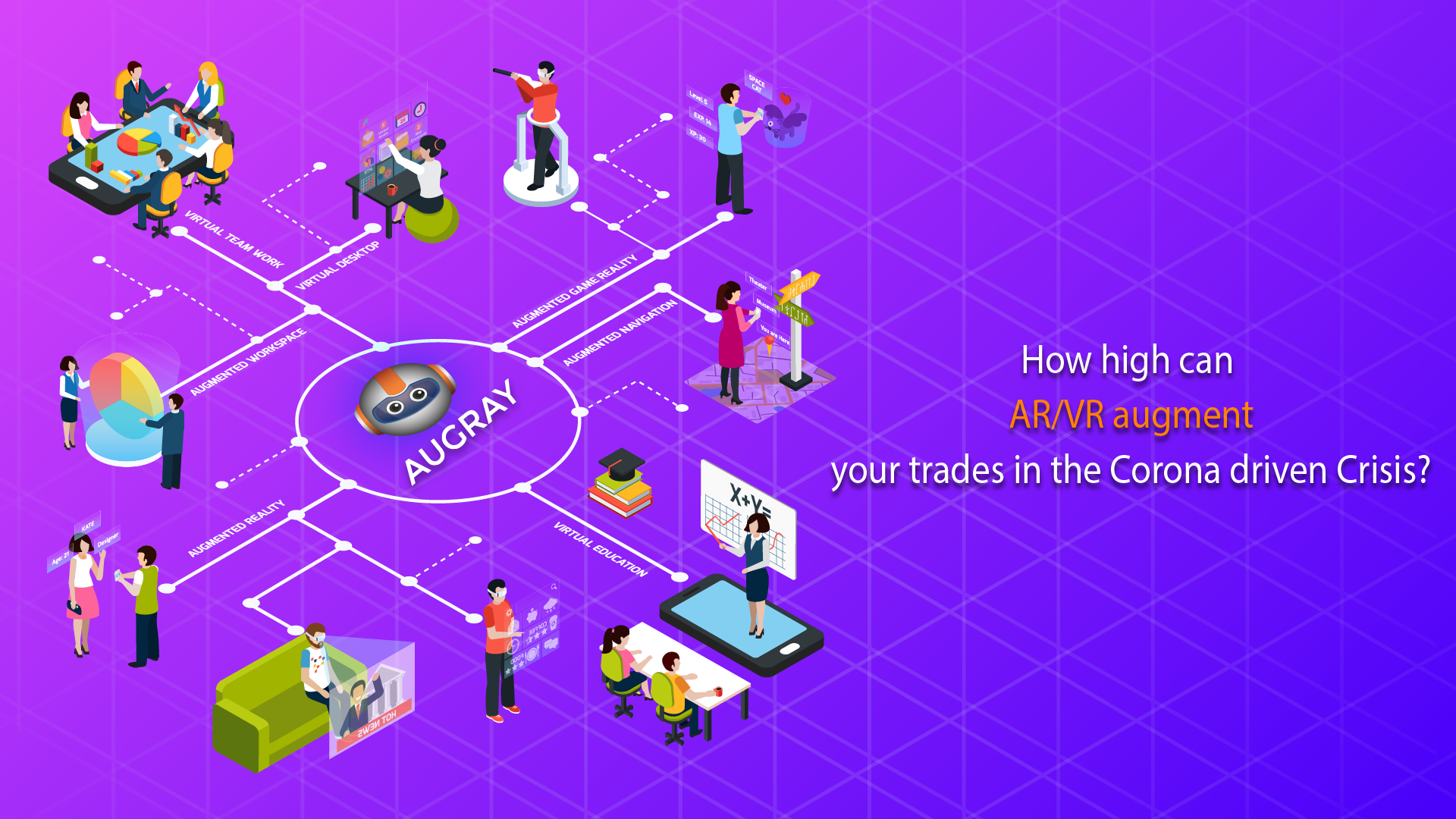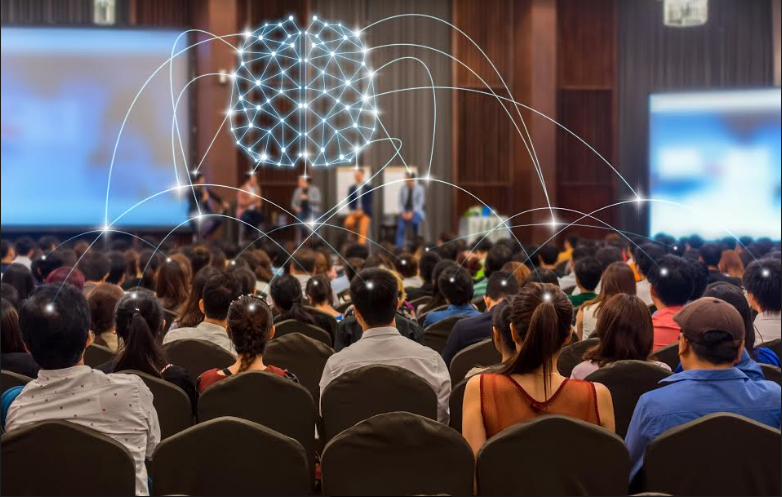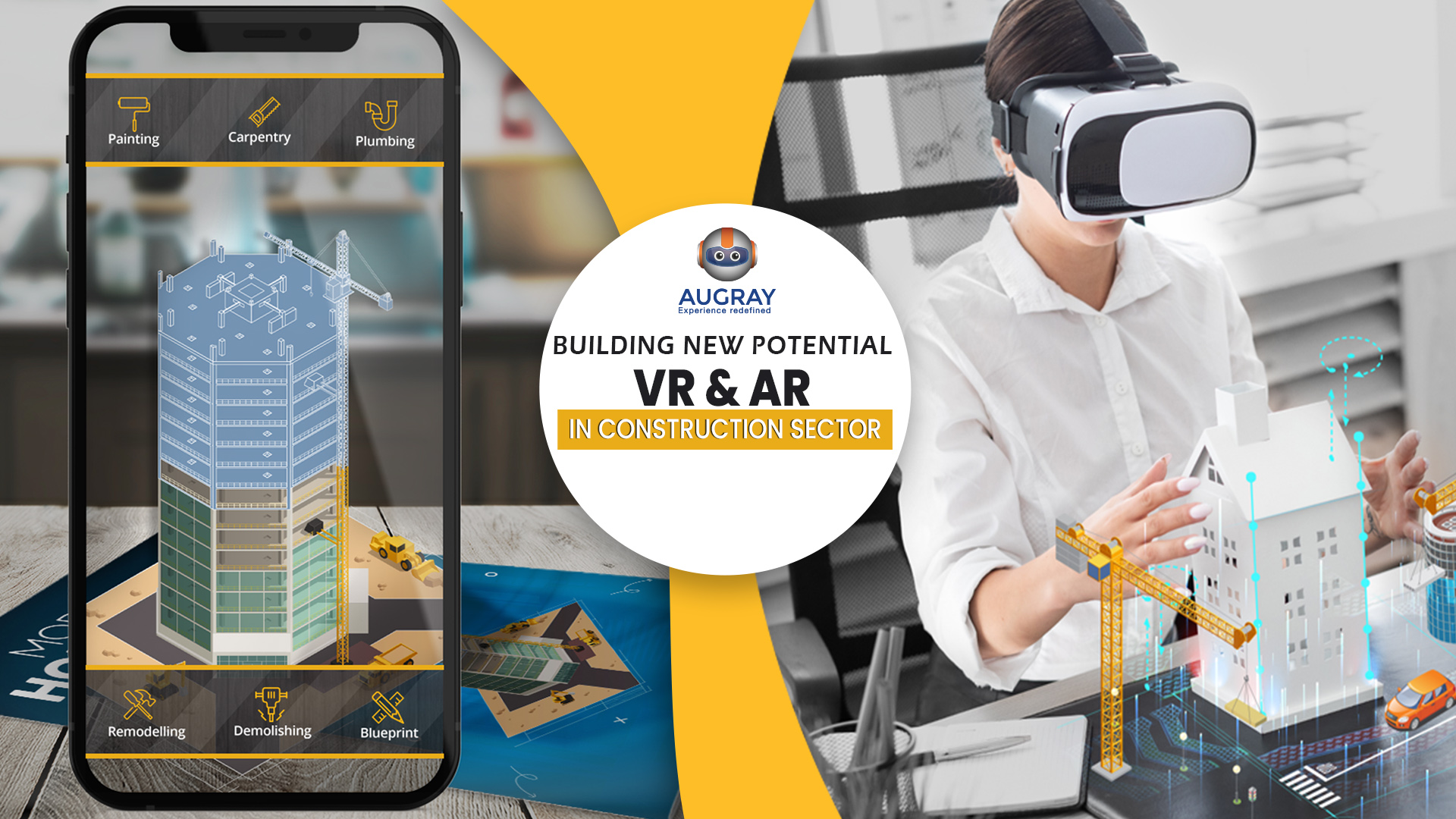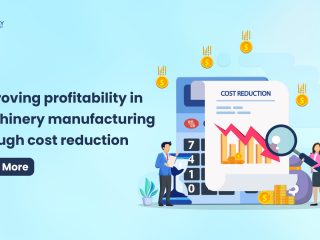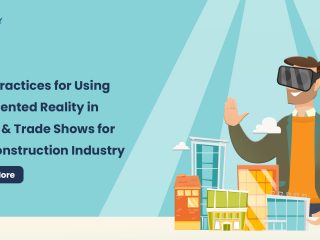A shaken world with a dramatic shift in economies and businesses, rising unemployment and uncontrollably surging corona cases is a concern for every individual out there. But unprecedented shocks like this blown-out pandemic can also pave new ways or ideas to surface in an ever-evolving economic AR/VR landscape.
And that’s what the dominion of Augmented or virtual reality technologies can help do!
The bane of social distancing for Industries
The Mandatory closures, variations in consumer behaviour, interferences to the supply chain, notable delays in production, and many other factors are all contributing to the overall risk that the industries are facing as a whole. The “meetings” between administrators, the labour force, and professionals that determined the business continuity and productivity has literally come to a standstill.
So what’s the solution? Your business can definitely be reborn supporting all core processes by making provisions for a digital future. The new dawn of social distancing has arrived but a smart solution can help a crisis like this and any that might turn up in the future as well. This prolonged new normal is here to stay and is manageable with the virtual reality-based meetings that offer AR/VR based “try and purchase” platforms to their potential customers.
AR/VR – The data-delivery paradigm of the changing times
“I will love the light for it shows me the way, yet I will endure the darkness for it shows me the stars.” – Og Mandino
Precise to the point, Isn’t it?
The “stars” in the current context are none other than the technologies that act as the interface between humans and machines. And these can help businesses tremendously grow making them aware of the X reality in their operations.
Though the Augmented reality (AR) and Virtual reality (VR) have diverse differences and applications, they both help out many sectors to improvise in the current situation. The AR/VR harbours surplus potential that can bring you a vital advantage in times of competitive pressure and crisis. Embracing these technologies in the marketing and advertising efforts can definitely augment sales when almost everyone is stuck at home.
Let’s see some of the sectors that can utilize it to its best.
E-Commerce – With spatial computing, there is a focus on new ways of visualizing and understanding the content. Just like the mobile – augmented reality that helps you choose shoes or wrist or sunglasses with your mobile phones in your hand. An e-commerce company Shopify stated that interactions with products enabling AR technology showed a 94% higher conversion rate than products without AR facilitations.
Gaming – The robust vertical that has utilized AR/VR strongly to their leverage as these have endless applications. A VR headset with a joystick connected to your console or processor can just help you hop directly into a game. After the tremendous success of Pokemon Go, Niantic is now researching on implementing this VR/AR integration for its futuristic projects.
Automotive – With the help of AR/VR, customers can browse and experience new features, understand the dimensions of vehicles, and also accessorize their vehicles.
Travel and Tourism – Hotels and luxury tourist centres can utilize AR/VR marketing by offering a virtual tour of their amenities and rooms providing an idea of how exactly interesting the trip and stay can be. Famous museums such as the Louvre, the Vatican Museum, and Rijksmuseum in Amsterdam are presently offering virtual tours of their collections.
Education – The virtual world of remote education has become the need of the hour, but a picture that is turned into a 3D model can help improve information perception. Innovative applications can make their way into classrooms allowing students to interact with their assignments, especially in STEM curriculums. A map of constellations can be examined on the phones that can move alongside the screen and also students can scan textbooks using these technologies.
A study by ABI Research has implied that the volume of the global VR based corporate training market will rise to almost $6.3 billion by 2022. This pandemic, the world leader in the education sector “Pearson” saw a tremendous growth of 400% increase of activity on its platform.
Health Sector – This is the sector that is in tremendous need of AR/VR post-pandemic. With the penetration of HMD’s in their operation, there is a surge in demand for AR/VR devices and applications. This market is estimated to grow at the highest CAGR in the near future.
With a swelling burden on the health care system of the nation, technical augmentation is the only way to meet the mandate.
Architecture and Residential Renovations – With the result of AR/VR, a positive impact by picturing and materializing future projects arise yielding immersive customer experience.
Fashion – With almost most of the brick and mortar stores shut, the fashion industry can leverage AR/VR in their scopes. The apparels can be purchased by providing a virtual try-on experience where they can decide on their choices comfortably. Renowned brands like Levi, Kohl, Kendra-Scott, Louis Vuitton, and Gucci are already in the AR/VR trend.
Aerospace & Defense – The use of VR in training and simulation helps enable engineers to optimize their procedures and tasks. The aerospace and defence giants namely Boeing, Airbus, and Lockheed Martin are increasing their investments that will definitely encourage market players to develop advanced VR/AR technologies
Furniture and Home Goods – The home goods and décor industry leverage AR/VR capabilities by being able to visualize the items in the designated space of your homes. Companies like Ikea allow customers to see how different products can ook inside their houses for better comprehension.
The Market Dynamics of AR/VR
The swelling adoption of the AR/VR technologies and the penetration of tablets computers and smartphones among enterprises and customers after the onset of the pandemic have driven the AR and VR market. According to a report by Prescient & Strategic Intelligence, the AR and VR was $ 37 billion in 2019 and is expected to reach $1274.4 billion in 2030, progressing at a CAGR of 42.9% during 2020-2030.
The AR/VR can be broken segment-wise according to their type, offering, device type, application, and geographical analysis. North America clearly led the VR sector in terms of its market size in 2019 whereas APAC (Asia Pacific) is expected to lead the market by 2025.
The VR implications – The VR market was valued at USD 17.25 billion in 2020 and by 2026 it’s expected to reach USD 18.46 billion, at a CAGR of 48.7% over the forecast period 2021-2026, according to a report by Mordor Intelligence.
Estimated growth of VR Applications in %, Global 2020-2025

The AR implications – The AR market was valued at US $1.98 billion in 2020 and is expected to grow at a CAGR of 151.93% over the forecast period 2021-2026, according to a report by Mordar Intelligence.
Estimated growth of AR Applications in %, Global 2020-2025



Both the AR and VR markets are witnessing a tremendous rise in competitiveness among companies with majorly dominant players such as Google, HTC, Sony, Lenovo, and Oculus. But as the future is hopeful for these increasing reality innovations and services, many companies will utilize this for their market presence.
“Prosperity is a great teacher; adversity is greater. Possession pampers the mind; privation trains and strengthens it.” – William Hazlitt
Humanity has faced many such pandemic traumas in the past but every single time it has emerged stronger. This time it’s no different and with little prods from the technology, it’s going to bring in a better tomorrow for sure.
References
